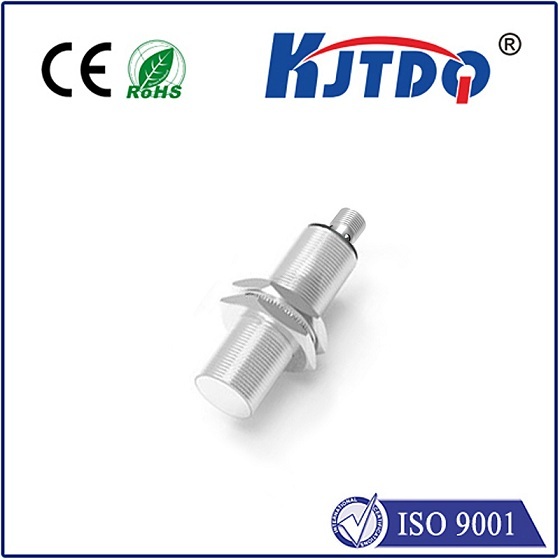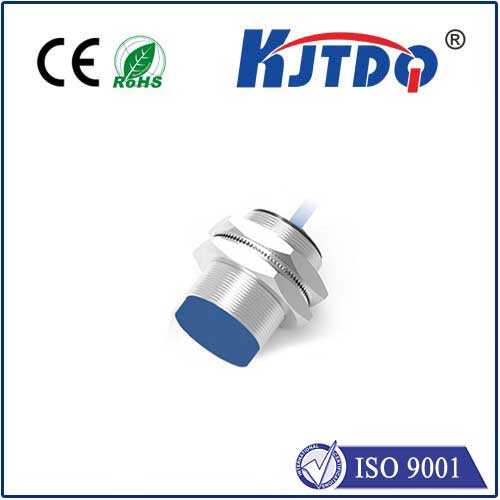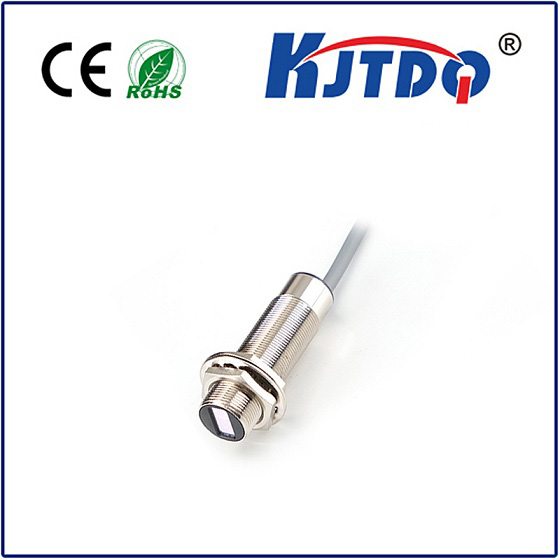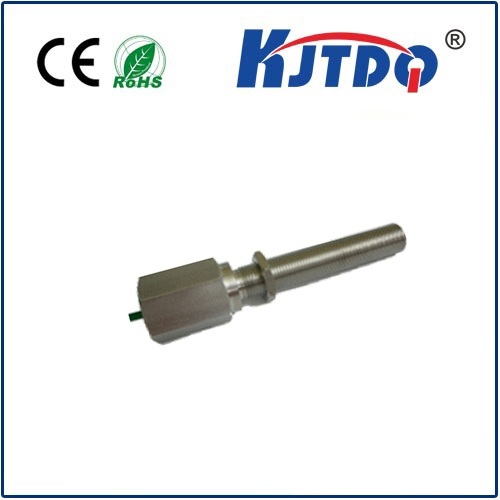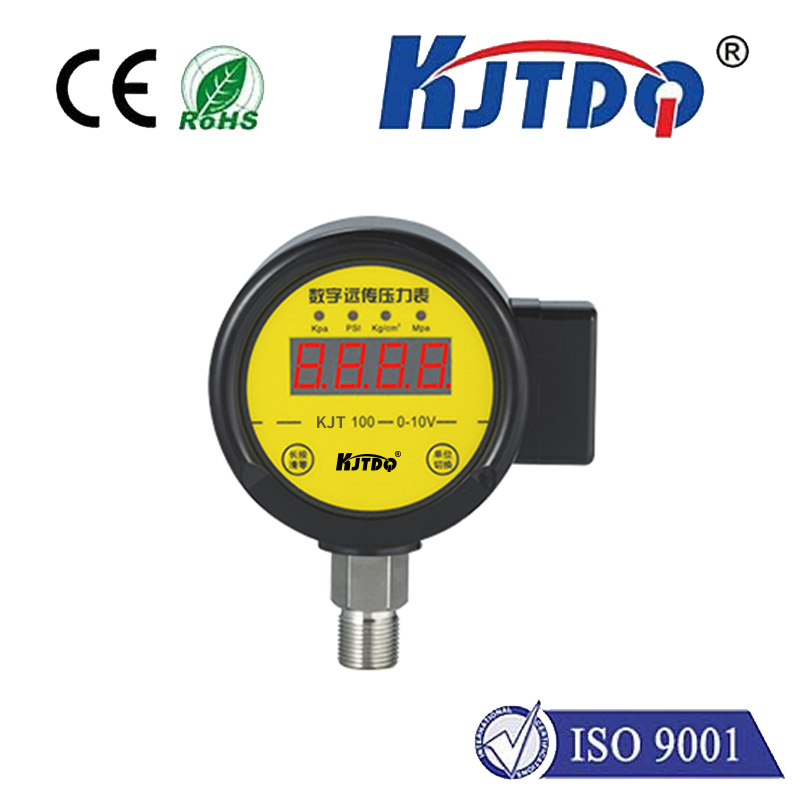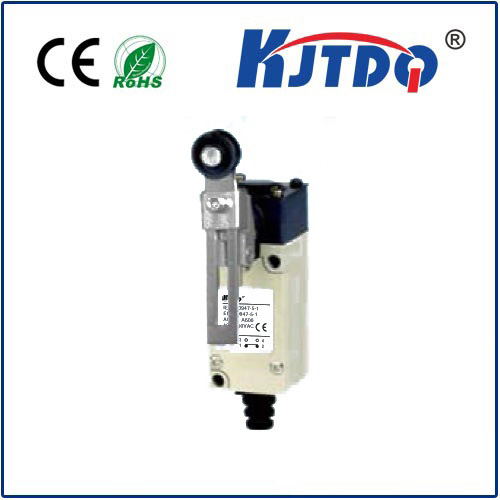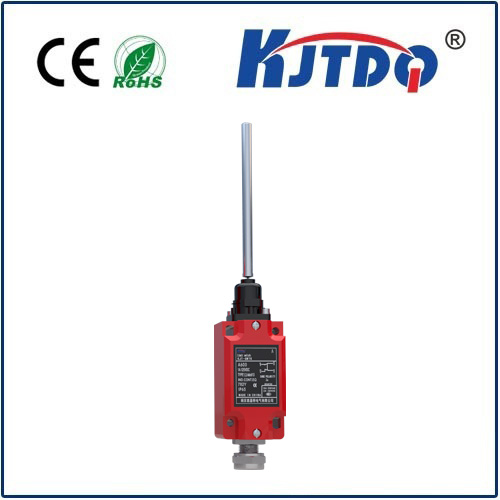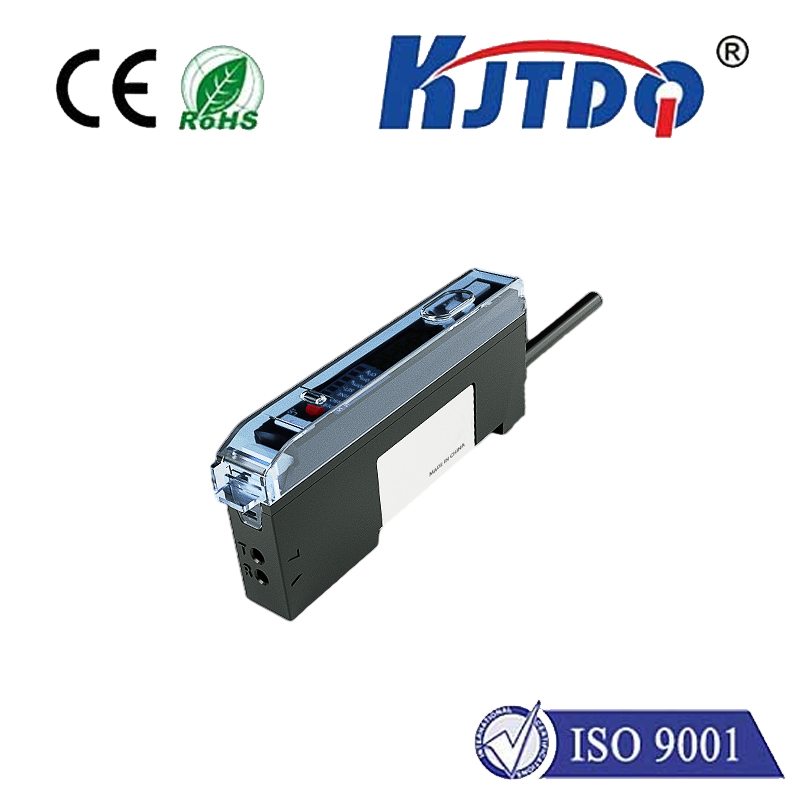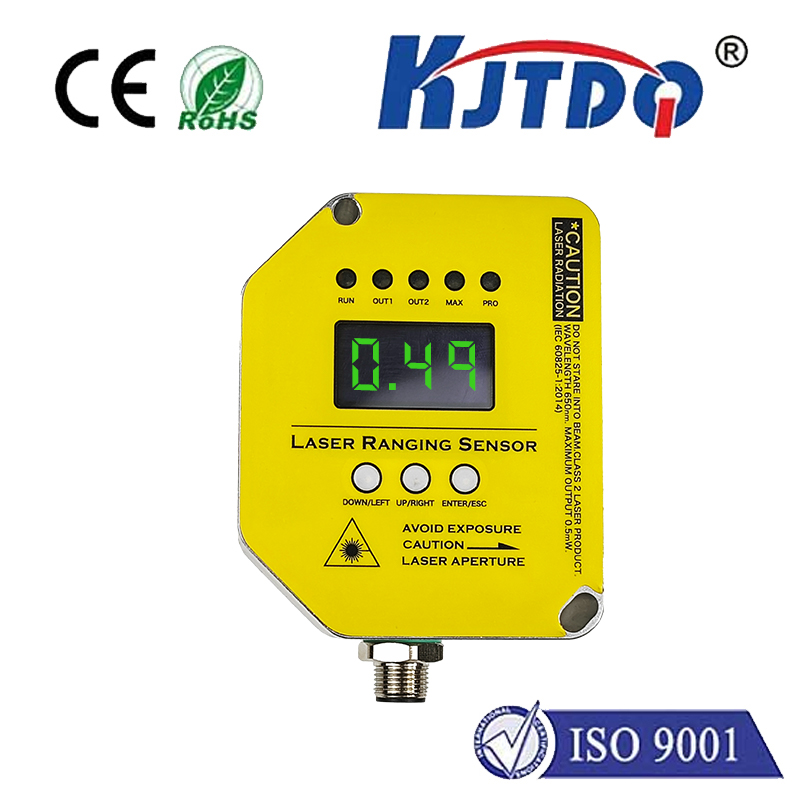Ever wonder how your smartphone adjusts brightness perfectly for your eyes, or how modern cars automatically switch on headlights at dusk? The unseen heroes enabling these intelligent responses, and countless others, are optical sensors. These sophisticated devices detect light – visible, infrared, or ultraviolet – transforming it into measurable electrical signals. This fundamental ability to “see” the world electronically drives innovation, making optical sensor use integral to modern life. From ensuring factory precision to safeguarding lives on the road, these components are transforming how devices interact with their environment.
Core Principles: Light to Information
At their heart, optical sensors operate on the principle of photoelectric detection. A photodetector, the core element, converts incoming photons (light particles) into electrons, generating an electrical current or voltage change. This signal’s strength corresponds directly to the detected light’s intensity or characteristics. Different sensor types leverage unique properties:
Transformative Applications: Where Optical Sensing Shines

The versatility of optical sensing translates into revolutionary optical sensor applications across diverse sectors:
Industrial Automation & Manufacturing: This is a powerhouse domain. Optical sensors are the vigilant eyes on the factory floor. Precision photoelectric sensors reliably detect objects on high-speed conveyor systems, triggering sorting arms or verifying part presence for assembly. Laser displacement sensors measure minute variations in surface height with incredible accuracy, ensuring component flatness and quality control. Machine vision systems, powered by advanced CMOS sensors, perform complex optical character recognition (OCR), guide robotic arms for precise pick-and-place operations, and meticulously inspect products for microscopic defects at speeds impossible for human eyes. Position sensors using optical interference fringes provide nanometer-level accuracy in semiconductor lithography machines.
Automotive Safety & Autonomy: Modern vehicles heavily rely on optical sensors for Advanced Driver-Assistance Systems (ADAS) and the path towards autonomy. LIDAR (Light Detection and Ranging) sensors, often using pulsed lasers, create high-resolution 3D maps of the vehicle’s surroundings, essential for obstacle detection and path planning. Camera-based systems perform lane departure warnings, traffic sign recognition, automatic emergency braking (AEB), and driver monitoring for signs of drowsiness. Optical rain sensors automatically activate wipers by detecting water droplets on the windshield, while ambient light sensors trigger headlights at dusk. Infrared sensors enable vital night vision capabilities, detecting pedestrians or animals beyond standard headlight range. Proximity sensors using optical time-of-flight principles guide parking maneuvers safely. Collectively, this optical sensor use significantly enhances vehicular safety.
Consumer Electronics & Smart Devices: Optical sensors are embedded deep within our daily tech. The ubiquitous digital camera in smartphones relies on sophisticated CMOS image sensors. ALS technology automatically adjusts screen brightness, optimizing readability and conserving battery life. IR sensors enable proximity detection, turning off the screen during phone calls to prevent accidental touches. Optical under-display fingerprint scanners provide secure biometric authentication. Wearables like fitness trackers employ optical heart rate monitors using photoplethysmography (PPG) principles, shining light into the skin to detect blood volume changes. Gesture control systems in TVs and smart home devices often use infrared sensors to interpret hand movements. The humble TV remote uses an IR LED and sensor pair for communication. Optical encoders track the rotation of knobs and dials in audio equipment or gaming controllers.
Healthcare & Medical Diagnostics: Optical sensing offers non-invasive or minimally invasive diagnostic capabilities. Pulse oximeters clip onto a finger, using red and infrared LEDs to measure blood oxygen saturation by analyzing light absorption. Advanced optical coherence tomography (OCT) provides high-resolution cross-sectional images of biological tissues, revolutionizing ophthalmology (retinal imaging) and cardiology (intravascular imaging). Fluorescence sensors detect specific biomarkers tagged with fluorescent dyes in lab-on-a-chip devices. Optical biosensors are crucial for rapid pathogen detection and monitoring vital signs continuously. The ability of certain light wavelengths to penetrate tissues enables deep-tissue imaging techniques.
Environmental Monitoring & Agriculture: Scientists utilize optical sensors for precise environmental analysis. Spectral sensors measure light reflectance across different wavelengths to assess soil composition, plant health (via chlorophyll fluorescence), and water quality parameters like turbidity or chlorophyll-a concentration. LIDAR deployed on aircraft or satellites maps terrain elevation and forest canopy structure. Optical particulate matter sensors detect airborne pollutants. Remote sensing satellites use sophisticated multi-spectral and hyperspectral optical sensors to track deforestation, monitor ocean health, predict agricultural yields, and detect the unique spectral signatures of different minerals and vegetation.
The Future is Bright: Advancing Optical Potential
The evolution of optical sensor technology is relentless. We’re seeing miniaturization push sensors into ever-smaller wearables and implantable medical devices. Enhanced sensitivity allows detection of fainter signals in challenging environments. Integration with artificial intelligence (AI) and machine learning is creating “smarter” optical systems capable of complex pattern recognition and predictive analytics far beyond simple detection. Novel materials like graphene offer potential for ultra-sensitive, broadband detectors. Advances in quantum optics hint at sensors with unprecedented precision.
From the intricate dance of robotics on an assembly line to the life-saving algorithms in a self-driving car or the silent monitoring of our health, optical sensor use forms a fundamental layer of our technological reality. As these devices become more sophisticated, smaller, and integrated into the fabric of our world, their capacity to sense, interpret, and react to the environment will continue to drive progress, enhance safety, and deepen our understanding of the physical universe around us. Their invisible light guides our visible future.
